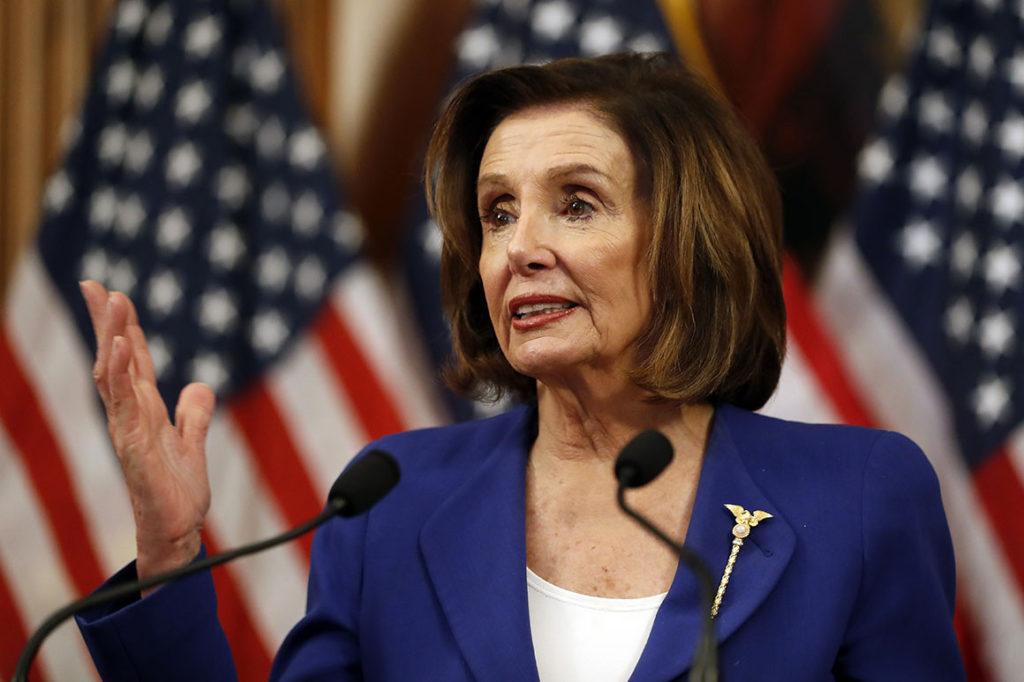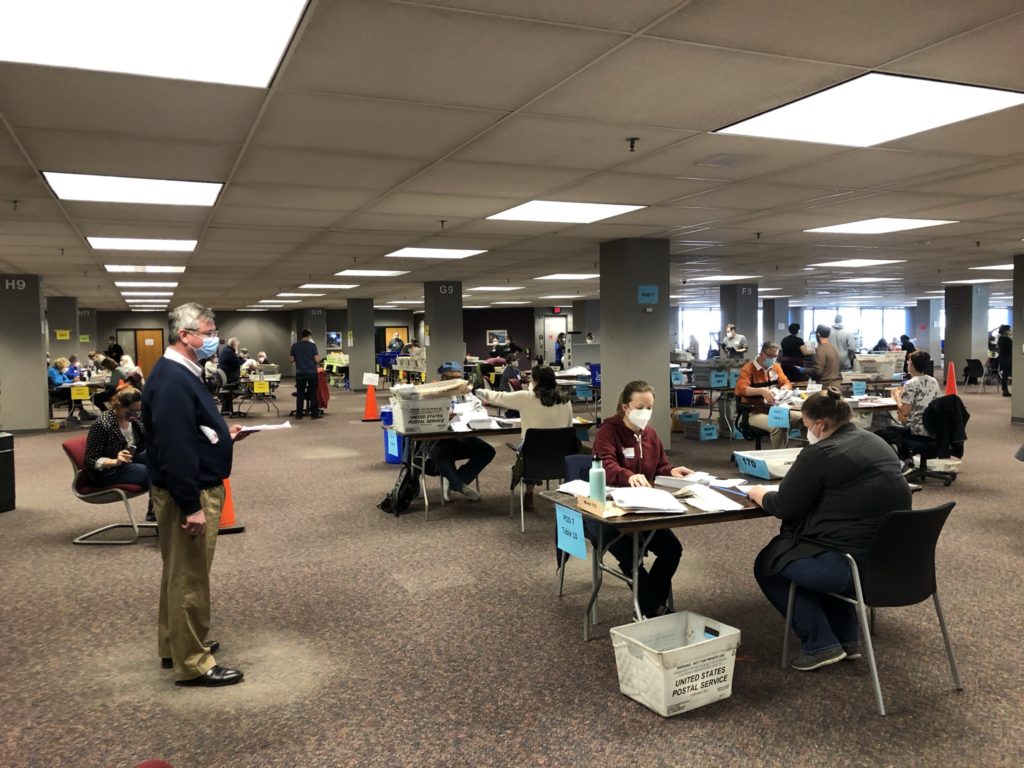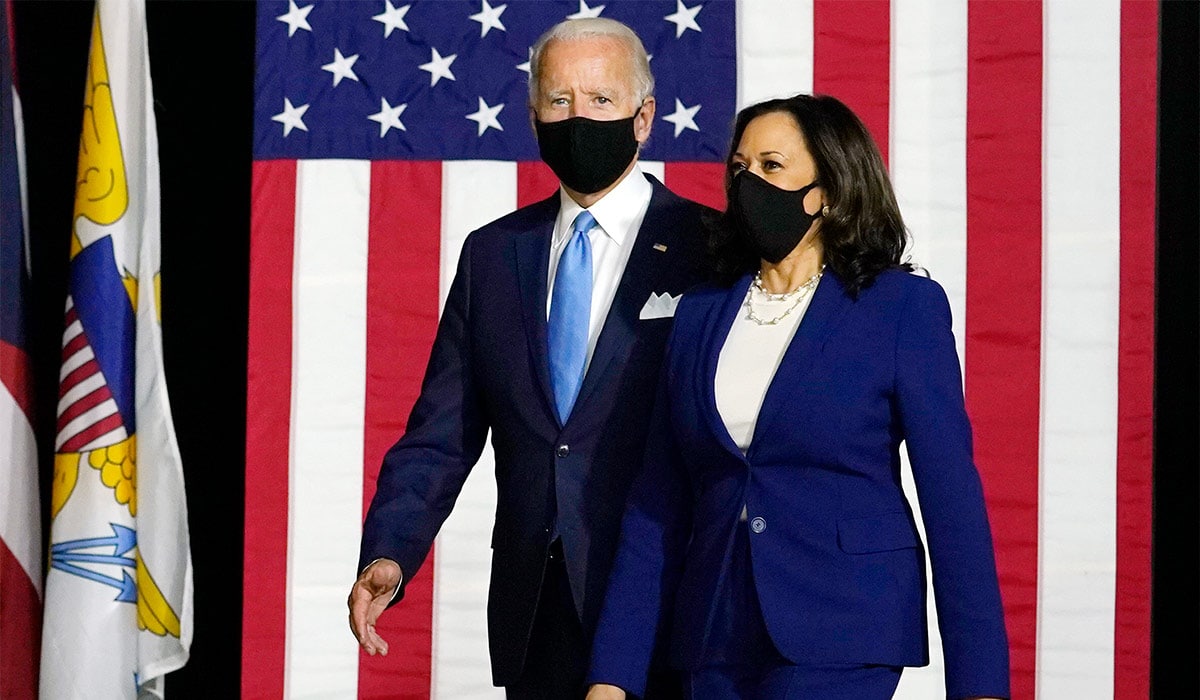2020 Election: A Historic Election Cycle
As the world watched the American people cast their ballots to elect the 46th president of the Free World, many in the United States worried for what were to happen after Election Day.
At the time of writing this article, it has been nearly a month since 4 November, the long awaited day in which more than 140 million people casted their ballots through mail and in person voting locations. Democratic nominee Joe Biden and Incumbent President Donald Trump flew around the country to key battleground counties to strengthen their base and increase their chances of winning the election.
Before 4 November, much had to change in order for the election to run smoothly (or so they tried). Democrats around the country scrambled with their states to pass laws to allow mail-in- ballots to become more accessible. In late June of 2020, Governor Gavin Newsom of California issued a mandate requiring the state to send ballots to all listed residents of the state, one of the largest efforts to make voting this year safer. Other counties have taken similar actions, such as big metropolis areas like New York City and New Jersey but started to back fire at them later on. These backfires were not necessarily because of city officials,but because of the federal government. The United States Post Service (USPS), headed by Postmaster General Louis Dejoy, has failed to keep up with high volumes of mail coming in during the summer months, and has even laid off much of the staff. This has created mail holdups for weeks, which affects the status of when the mail-in-ballots will reach their polling station. President Trump has continuously stated that the Democrats want “…three and a half billion dollars for [USPS funding] that’ll turn out to be fraudulent, that’s election money basically.” Speaker of the House Nancy Pelosi had fired back at President Trump, saying “In the legislation we have $25 billion, that is the number that is recommended by the Board of Governors of the US postal service…a bipartisan Board of Governors, 100% appointed by Donald Trump, they recommended $25 billion dollars.” Up until election day, the USPS had yet to receive any funding in the efforts to sustain the postal office’s production.

Leading up to election day, many states had to face large lines of early in-person voters that stretched for blocks at a time. This familiarity brought people back to earlier this year, when states like Georgia, North Carolina, and Texas saw long lines that went on for miles from day to night. Again, many Democrats started to fear that this might hinder the election results, seeing that they wouldn’t be seeing the voter turnout reflected on the ballots. For instance, voters in Georgia had to endure lines of more than eight hours to vote, and even longer with some precincts reporting technical difficulties with voting machines.
Despite all of the hardships many early voters went through, the election proceeded without delay. Counties along the East coast started as early as 12:00 AM localtime, being one of the first counties to tally up votes for their state. Many news outlets such as ABC News and CNN spent the entire day covering the election, placing their top news anchors in key swing states. To give context, swing states are referred to states which hold great influence in that year’s election, and they change regularly each election cycle. This year, it was the states of the “Rust Belt” (Wisconsin, Michigan and Pennsylvania), Georgia, Arizona, Florida, and North Carolina. These states were notorious back in 2016 when President Trump won them by a slim margin. Many liberal news outlets were confident that by the stroke of 11:00 PM EST, all the votes casted across the country, especially in swing states, would be casted in Joe Biden’s favor.

Even though all votes were casted by 11:00 PM EST, it was going to be a long month before the electoral college could formally declare who won the election. Many swing states, such as Michigan, Wisconsin and Georgia weren’t allowed to count mail-in-ballots until the day of the election, prolonging the results. But there were some irregularities when it came to each counties’ method of counting. In Milwaukee County, voting officials worked throughout the night of post-election day to count more than 100,000 mail-in-ballots, and were able to release a majority of those results by the next day 9:00am EST. Other states that saw millions of mail-in-ballots to be counted took weeks to count, leaving many viewers at home anxious about the results. During this time, President Trump took to twitter spewing claims of voter fraud in key counties that he lost. A day after the election pasted, President Trump held a press conference stating “…a sad group of people are trying to disenfranchise [Trump supporters] and we will not stand for it…and we were getting ready for a big celebration…we were winning everything and all of a sudden it was all gone.”
He went on to claim that the polling station where votes were being counted are committing fraud; his campaign team has spent the past three weeks of November fighting in the Supreme Courts in swing states trying to get a recount of votes. Though there was some success his campaign received, where Georgia saw its third recount that involved the tedious task of counting over 5 million presidential ballots by hand. It still resulted in Joe Biden’s favor, but the relentless efforts of the Trump campaign trying to turn the election to their favor has come to a stalemate. Federal courts around the country have denied anymore motion from Trump’s legal team, stating that their claims are baseless or are presented without merit; and by the end of the month, all of the electoral college’s votes came in. The next president of the United States is going to be Joe Biden.
This historic election results comes with it’s celebrations. Women around the country rejoiced as they saw the country’s first female vice president be elected. Vice President elect Kamala Harris was elated to see that her work ethic and continuous fight for racial injustice and legal reform paid off; and by 20 January, 2021 she will work alongside President-elect Joe Biden to reach their goals of bringing back the bi-partisan America the country needs.
Featured Image Joe Biden and Kamala Harris on a campaign trip Courtesy of WP Content
by Samuela Ma’u

